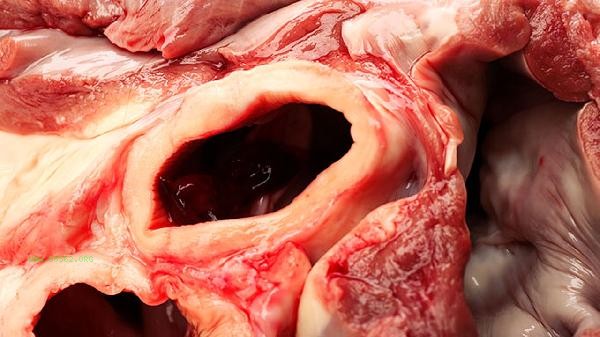The simplest way to remove the fishy smell from pork is to blanch it in water. Blanching water can effectively remove blood and fishy substances, and when combined with auxiliary materials such as ginger, scallions, cooking wine, etc., it can enhance the effect of removing fishy smell. Blanching is the most direct way to remove the fishy smell of pork. Cut the pork into pieces and put it in cold water. Add a few slices of ginger and a little cooking wine. Bring to a boil over high heat and skim off the foam. Cook for 1-2 minutes, then remove and rinse thoroughly. This method can dissolve the blood and some fat in pork, significantly reducing the fishy smell. Both gingerol in ginger and alcohol in cooking wine can react with fishy substances, and cold water can more fully release impurities. Note that the blanching time should not be too long to avoid the meat turning into wood. For situations where blanching is inconvenient, you can rub the surface of pork with flour or starch, let it sit for 10 minutes, and then rinse with clean water. The adsorption effect of flour can remove some fishy substances, making it suitable for processing thin meat slices or pork ribs. If you pursue a more thorough deodorization, you can soak pork in light salt water for 30 minutes. Salt can penetrate the meat and change the protein structure, reducing the emission of odors. But the amount of salt should not be too much. Adding 5 grams of salt to 1 liter of water for 500 grams of meat is enough. Excessive soaking will affect the taste of the meat.

It is recommended to choose fresh ingredients for daily processing of pork and store them in refrigeration for no more than 2 days. Thoroughly clean and control the moisture before cooking, and stew with spices such as garlic, star anise, cinnamon, etc. This can not only mask residual fishy odors but also enhance the flavor. If pork has a strong odor or has been stored for a long time, it is recommended to give up consumption to ensure food safety.










Comments (0)
Leave a Comment
No comments yet
Be the first to share your thoughts!